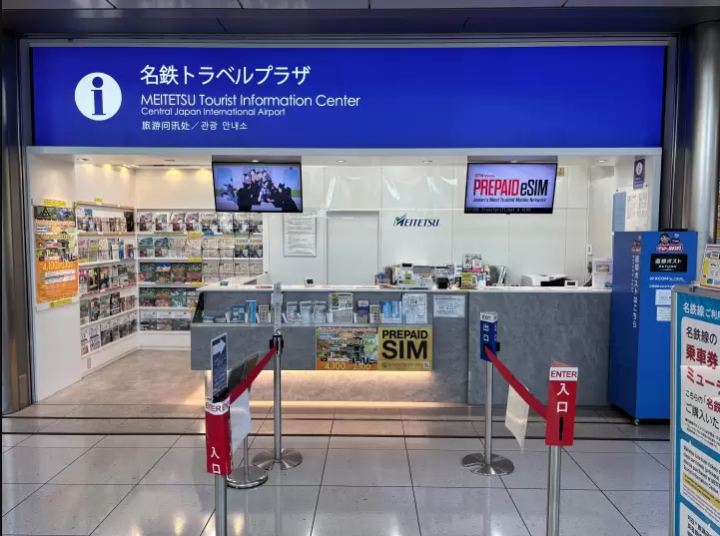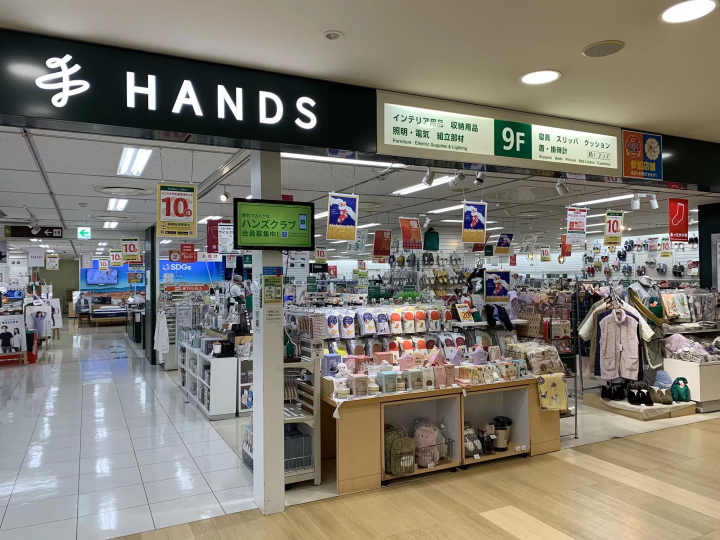How to enjoy Mashiko Vol. 1 ~ Experience the elegance of handicrafts that live in the land ~

Mashiko Town is famous for its Mashiko pottery, and the Mashiko Pottery Market, held every spring and autumn, attracts a total of about 600,000 visitors in total. However, Mashiko Town actually has many other attractive tourist spots besides Mashiko pottery. Here we will introduce ways to enjoy Mashiko other than Mashiko pottery.
Mashiko sightseeing facilities
Mashiko Town has been loved by many cultural figures and has been a place of production.
By following in the footsteps of the people who built Mashiko into what it is today, including the works of Living National Treasures Shoji Hamada and Tatsuzo Shimaoka, as well as the plant dyeing technique designated as an intangible cultural property of Tochigi Prefecture, you can feel the "spirit of handicraft" that lives on in this land.
This facility, which brings together the best of Mashiko, is sure to bring new discoveries to our daily lives.
Mashiko Ceramic Art Museum
Mashiko Yuwakan / Throne Hall and Peace Gallery (Nationally Registered Tangible Cultural Property)
Higeta Indigo Dyeing Workshop (Prefectural designated cultural property: Building / Prefectural designated intangible cultural property holder: 9th generation head of the family, Mr. Tadashi Higeta)
Hamada Shoji Memorial Mashiko Reference Museum (Nationally registered tangible cultural property: Hamada Kiln Nagayamon Gate)
Wagner Nandor Art Gallery
Mashiko Town stretches gently in the southeastern part of Tochigi Prefecture, north of the Kanto Plain. This land, nurtured by the changing nature of the four seasons and gently rolling mountains, produces high-quality potter's clay, which is the raw material for pottery. When you wrap it in your palm, you can feel the warmth of the earth, and it has become known not only in Japan but also overseas as ``Mashiko ware''. Another major attraction is the enterprising character of the area, which has long been a base for the folk art movement and has welcomed potters from both Japan and abroad. You will be able to experience the depth of Mashiko every time you come into contact with its long-cultivated history, culture, and rich nature.
The contents on this page may partially contain automatic translation.





























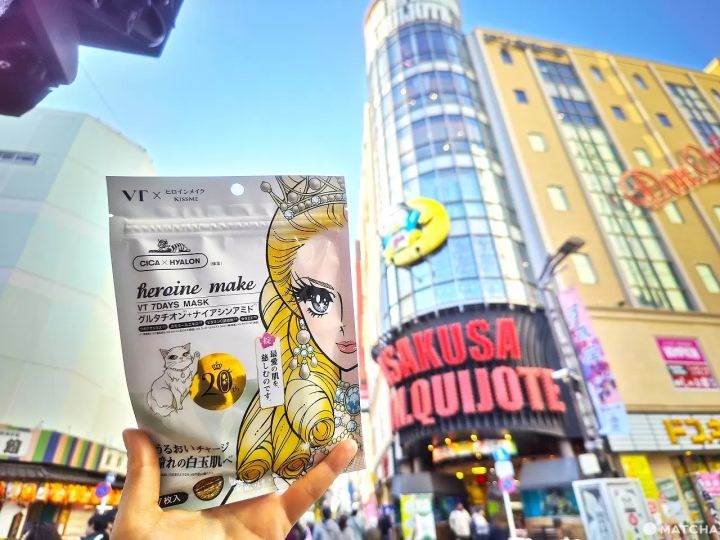

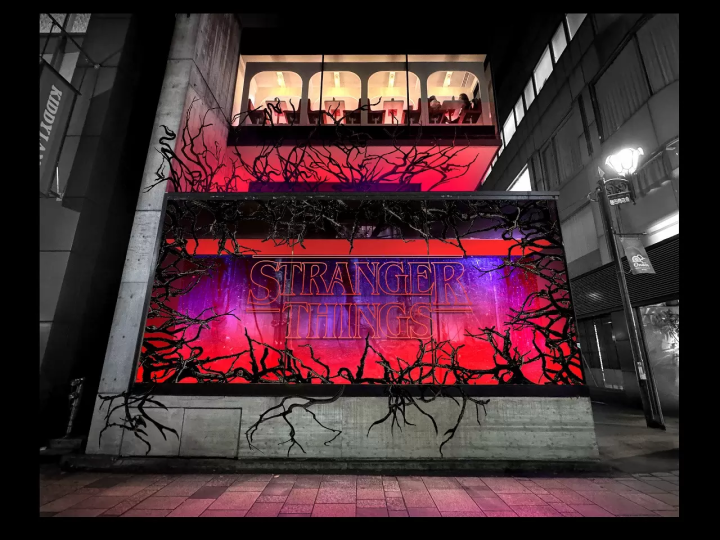
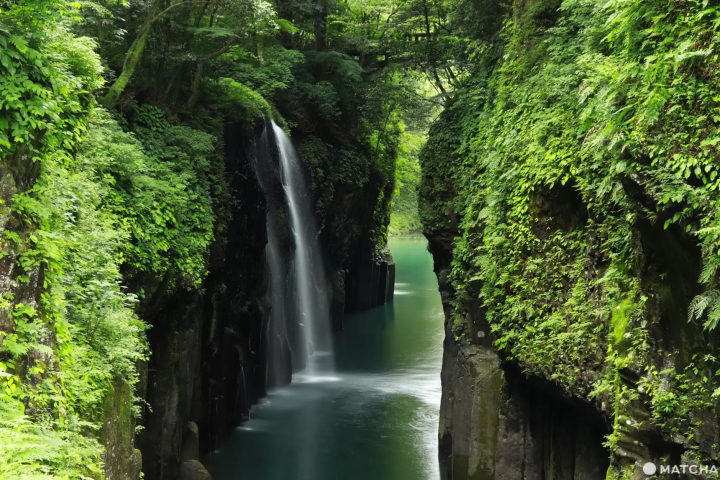




![[Wakayama Sign] Plums and plum wine](https://resources.matcha-jp.com/resize/720x2000/2025/12/08-252248.webp)

![[2025 Update] Introducing free Wi-Fi spots in Tokoname City , Aichi Prefecture](https://resources.matcha-jp.com/resize/720x2000/2025/12/16-253074.webp)
